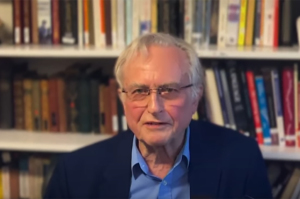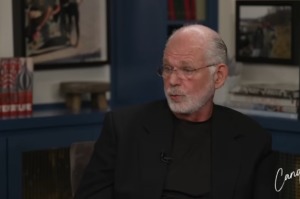Sky gazers hoping to see rare meteor storm to cap off Memorial Day

Americans might get to see a rare meteor storm on Memorial Day evening, according to astronomers. The storm is expected to be the brightest in years, with shooting stars filling the sky.
Each year, the Earth moves through the debris stream from the defunct comet 73P/Schwassmann Wachmann 3, or SW3. And a rich field of the debris from the comet, which splintered into countless pieces in 1995, could intersect the Earth on Monday night, resulting in a brief but intense meteor shower over North America, AccuWeather reported.
If it occurs, the meteor shower is expected to last only about 30 minutes post-midnight Monday, from 12:45 to 1:17 a.m. Eastern time, the American Meteor Society said.
“We believe that this event has a chance of being something spectacular," the American Meteor Society added on its website. "When viewing events such as these, one should expect nothing extraordinary to happen but certainly hope for the best!”
The website advises stargazers to “Start your viewing session at least an hour prior to the time of the expected outburst, just in case the predictions are off. This will also allow your eyes to be fully adjusted to the dark surroundings.”
On Nov. 17, 1966, those in the U.S. were able to view the major meteor storm known as the Leonid Meteor Storm.
According to Space.com, a “shower” is when it's possible to count between 25 and 50 meteors under a clear, dark sky per hour, while normally, only three or four meteors are visible per hour. A “storm” is when meteors appear at rates of a thousand or more per hour, and in a few rare cases, rates have been 10 or even a hundred times greater.
Will Americans really get to see a meteor storm?
“We’re going to come very near to the end of the javelin of dust that was released in 1995 and the question of whether we’ll see anything or not depends on how long that spear is,” ABC Science quoted Jonti Horner of the University of Southern Queensland as saying.
"Even if this doesn’t lead to a big storm itself, it means the next time we have a big storm, we’ll be able to predict it much, much better because of what we learned from this.”
In 1933, a meteor storm occurred in the wake of periodic comet Giacobini-Zinner and exploded over Western Europe. According to Nature.com, the storm caused concern across many districts in Portugal and people took refuge in churches.





























